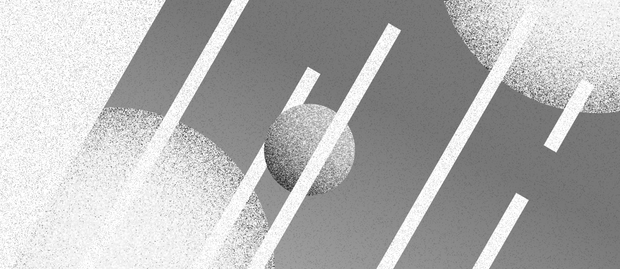
Digital Art Investment: What You Need to Know
Is art a good investment? Is artwork a good investment? What profit can I expect? These are just a few questions everyone should consider before delving into art investment. Before considering digital craft as an investment, it's important to understand its fundamentals, value, and comparison to traditional art. So, let's delve into this topic.
Is Digital Art Real Art?
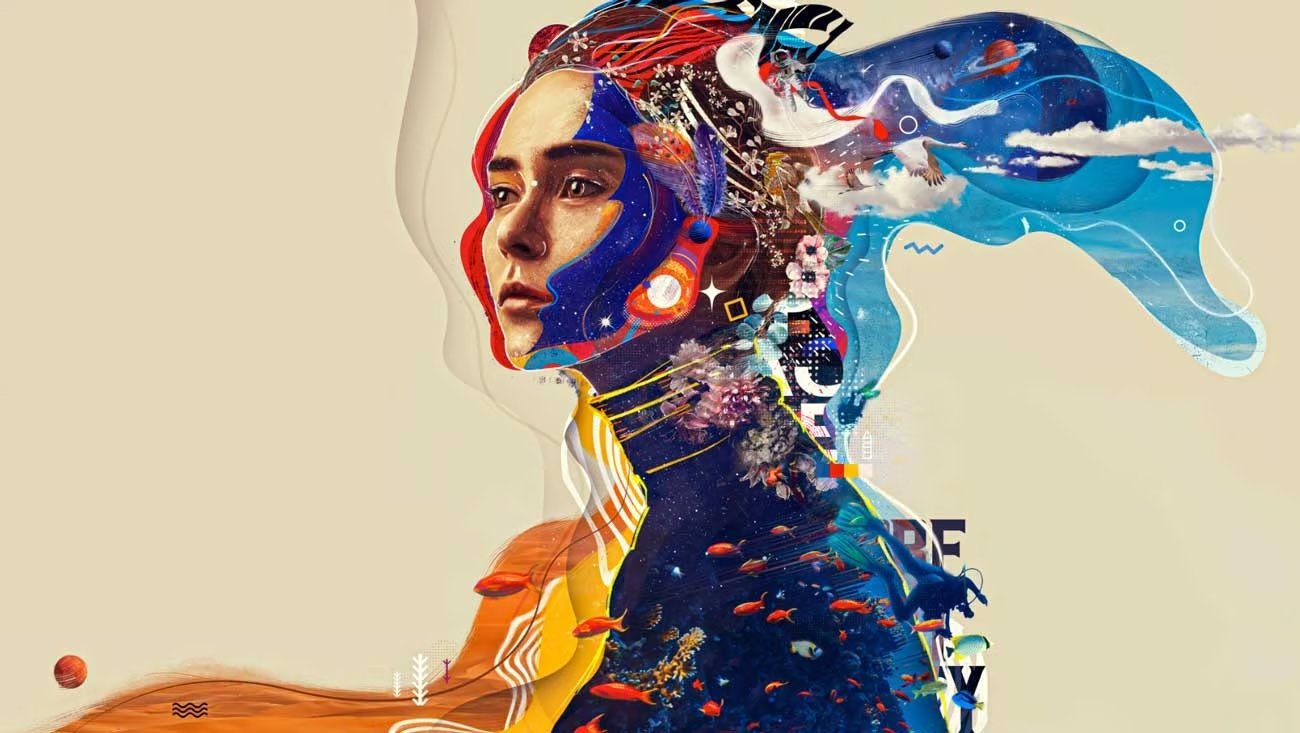
Many collectors, especially those from the old school, still believe that digital art is not real art. In short, it is indeed real art. But how do we know it? Over the centuries, traditional artworks have proven their value through galleries and widespread recognition. Every single person on the planet understands the prestige and worth of the Mona Lisa by Leonardo da Vinci or Venus de Milo by Alexandros of Antioch. It is easy to understand physical art, where there is only one copy displayed behind the security of the world-famous galleries. However, digital craft is nevertheless an art, and it's just something that the world is not fully used to. Yet, it's also becoming increasingly accessible, creating a growing community of modern craft enthusiasts.
First, what is the definition of digital artwork? What does this alternative essentially mean? Basically, it refers to any artistic expression created or modified using digital technology. From digital paintings and sculptures to interactive installations and digital video art, the realm of digital works is vast and constantly evolving.
Unlike traditional craft, which often boasts physical, tangible forms, modern art exists in a virtual realm. This intangible nature has led to questions about its authenticity and value. Yet, despite these challenges, it has undeniably captured the imagination of artists and collectors alike.
A noteworthy consideration is what defines art itself. What makes art, well, art? Is it good digital art? Is it even art? Why do we consider one work masterpiece and the other not? Even though every parent loves their children's drawing, and may consider them art, for most of the world, it might be seen as mere "doodling." There are typically no collectors lining up to buy such pieces.
In this case, what is art? How do we define it? What does it take to make art? If we Google 'what is art,' we find a simple definition: Art is a diverse type of human activity, and its resulting product involves creative or imaginative talent generally expressive of technical proficiency, beauty, emotional power, or conceptual ideas. However, there is no single definition of art. Taste is subjective, and value is unpredictable. But when it comes to digital craft, the answer is clear: Yes, it is real art.
As the world moves forward, collectors and investors already started recognizing digital art's legitimacy and considering its potential within the broader art market. Embracing this new medium can offer artistic expression and financial growth opportunities.
How does Digital Art Work?
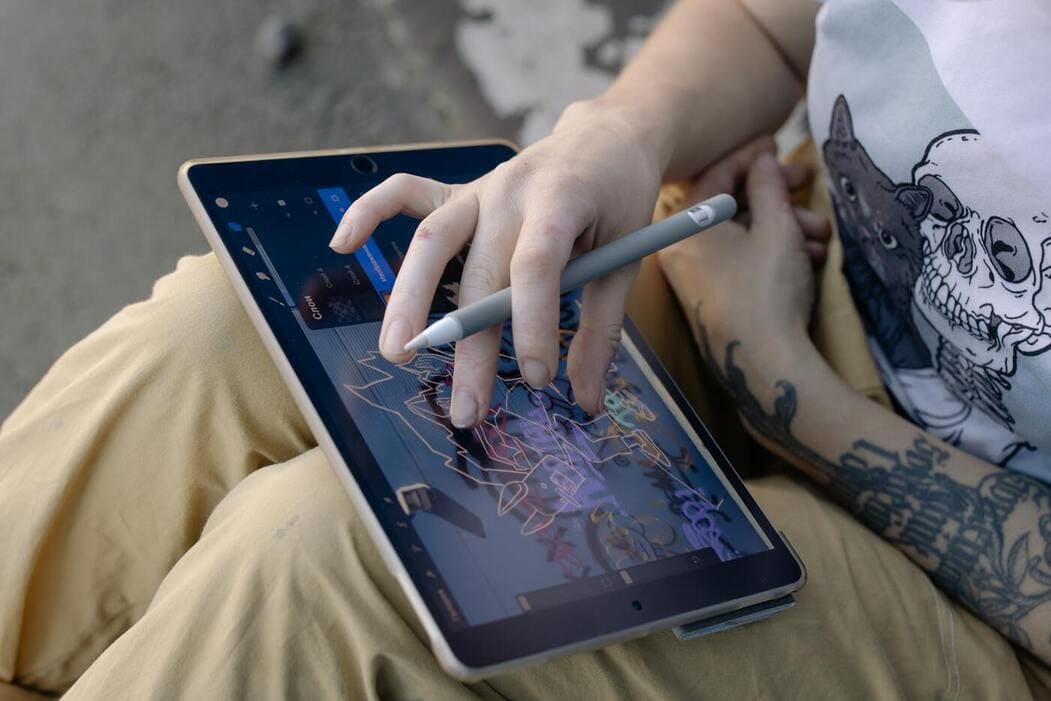
Digital art operates fundamentally differently from traditional art, primarily due to its medium. Unlike traditional work, which uses physical materials like paint, canvas, clay, or stone, digital artwork exists purely in a digital format. This can range from digital paintings created on a tablet to video art, 3D-rendered sculptures, or generative art produced through algorithms.
A digital artist uses specialized tools and software to create art in digital format, which is essential for standing out in the competitive modern market. To better understand the worth of investments and find the piece you would like to purchase, familiarize yourself with various online platforms, practice consistently, and experiment with different techniques and styles. Engaging with online communities and tutorials can provide valuable feedback for skill enhancement and better positioning in investment prospects.
What makes high-tech art unique is its ability to be reproduced infinitely without degrading in quality. This characteristic both adds to and complicates its value as an investment. On the one hand, the potential for widespread distribution can increase an artist's visibility and, consequently, the demand for their work. On the other hand, it raises questions about scarcity, a key factor in traditional pieces valuation.
High-tech art also stands out because it can be endlessly reproduced without losing quality, increasing its value through wider distribution and visibility. However, this also complicates its status as a valuable investment due to the need for more scarcity. To address this, digital artists and collectors use blockchain technology and Non-Fungible Tokens (NFTs) to mint artwork as unique assets. NFTs allow for transparent ownership and prevent duplication of digital assets, reintroducing the concept of scarcity into the digital art market and making it a valuable investment.
How to Make Money with Digital Art?
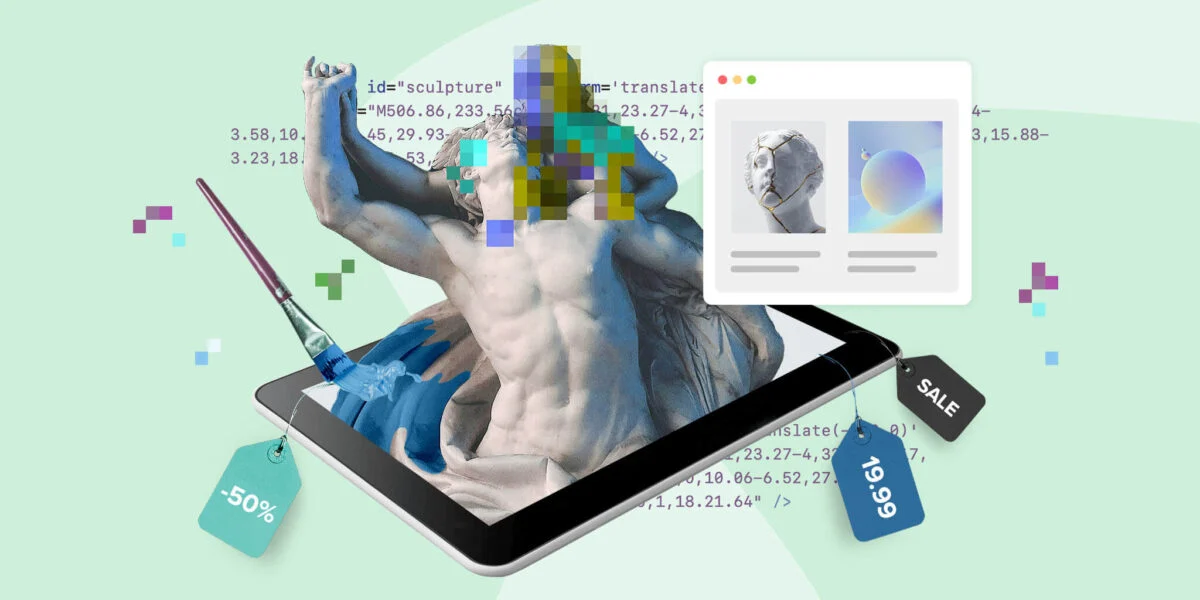
The potential to invest in digital pieces is vast, but like any investment, it requires a deep understanding of the market, the platforms, and the strategies that can lead to success. Consider these general guidelines when exploring today's craft as an investment opportunity. Always conduct your own research or consult a financial advisor before making any investment decisions.
Understanding the Market:
- Research and Analysis. Stay updated on emerging trends, promising artists, and popular platforms like OpenSea, Rarible, and SuperRare.
- Due Diligence. Investigate the artist's background, previous works, and the underlying technology behind the NFT.
- Community Engagement. Join online communities and forums to connect with other collectors, gain insights, and discover hidden gems.
Investing Strategies:
- Diversification. To mitigate risk, spread your investments across various artists, genres, and platforms.
- Long-Term Perspective. Consider digital artwork as a long-term investment, focusing on artists with potential for growth and appreciation.
- Secondary Market. Explore opportunities in the secondary market to purchase established works at lower prices while benefiting from potential future appreciation.
Supporting Artists:
- Direct Purchases. Buy directly from artists or through reputable platforms to ensure authenticity and support their careers.
- Collaborations. Engage with artists to commission custom pieces or participate in exclusive projects.
- Community Building. Foster a supportive community around the artist and their work to drive demand and value.
Key Considerations:
- Technology. Understand the underlying technology (blockchain) and its potential impact on the market.
- Regulations. Stay informed about evolving rules and their implications for digital art ownership and trade.
- Risk Assessment. Be aware of the inherent risks associated with investments, including market volatility and potential legal challenges.
The Digital Art Market
The digital art market is rapidly evolving. For investors, understanding how much money digital artists make is crucial because it provides insight into the potential profitability of investing in new craft. Earnings can reflect an artist's market value and potential impact on the future appreciation of their work. By analyzing artists' financial success, investors can make informed decisions about where to invest, aiming for a return that aligns with their financial goals.
Figures vary widely, with some artists earning substantial sums through platforms like OpenSea and Rarible. For example, Beeple's digital collage sold for $69 million at a Christie's auction, highlighting the potential for high returns. And owning digital art like this is quite good.
When considering how much digital art sells for, prices can range from a few dollars to millions, depending on the artist's reputation and the work's uniqueness. For instance, the average price of digital craft NFTs can be around $500, while highly sought-after pieces can command prices in the six-figure range.
Case Studies and Market Insights
Several case studies illustrate the potential of new masterpieces investments. For example, in 2021, artist Pak sold an NFT for $16.8 million, showcasing the market's high potential. Another notable case is the Cryptopunks collection, where early investors have seen returns exceeding 1,000% as the collection's value soared. So, it's a good time to sell digital art.
Why is Digital Art Important?
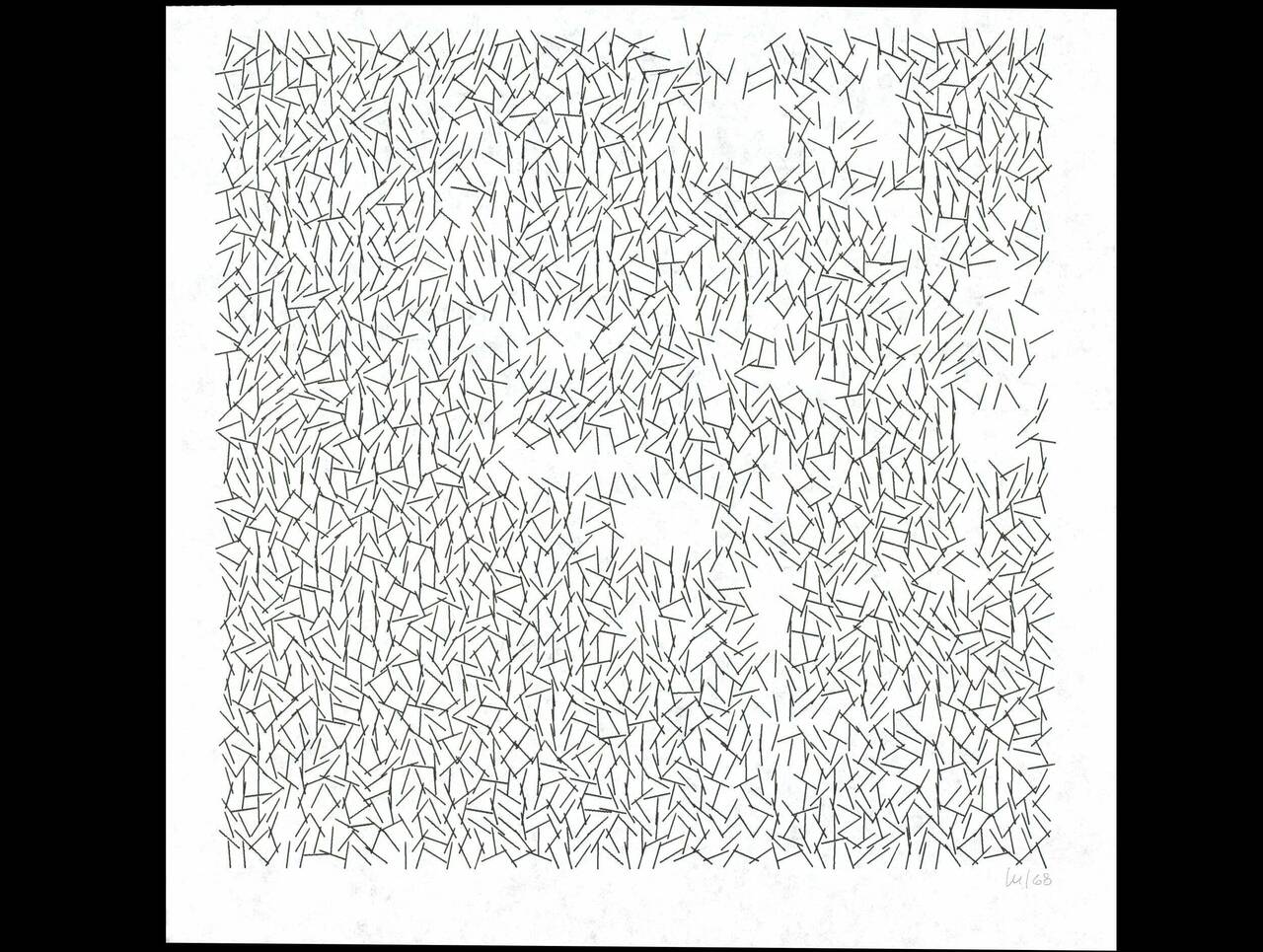
The history of digital art shows that this is not just a fleeting trend; it's a significant cultural and technological shift reflecting the changing nature of art, society, and our interactions with the world. It involves artistic expression created or modified using technologies, and it’s crucial to understand why digital art investing is gaining traction. Here are some key reasons why digital craft holds immense importance:
- Accessibility and Inclusivity
Digital craft democratizes creativity. Traditional art forms often require expensive materials, studio space, and access to galleries or exhibitions. In contrast, digital craft can be created and shared with just a computer or tablet, making it more accessible to a broader audience. This inclusivity allows artists from diverse backgrounds and geographic locations to express themselves and reach global audiences without the traditional entry barriers.
- Innovation and Experimentation
The digital medium allows for unprecedented levels of experimentation and innovation. Artists can explore new forms of expression that were previously impossible with traditional tools. From generative art created using algorithms to interactive installations that respond to user input, digital craft pushes the boundaries of creativity and challenges conventional definitions of what art can be.
- Preservation and Longevity
Unlike physical pieces, which can degrade over time due to environmental factors, new craft can be preserved indefinitely in its original form. This longevity is vital for safeguarding contemporary works that reflect societal issues and technological advancements. Moreover, digital works can be easily duplicated and stored across multiple platforms, ensuring their survival for future generations.
- Interactivity and Engagement
Digital craft often allows for greater interaction between the artwork and the audience. Whether it's a virtual reality experience, an augmented reality installation, or a piece of generative art that changes based on user input, modern pieces engage viewers in ways that traditional art cannot. This interactivity creates a more immersive experience, making art more engaging and participatory. What should you do with today's craft? Observe, enjoy, cherish, or do whatever you like—there’s no single correct answer.
- Reflection of Contemporary Culture
Digital artwork is a mirror of our times. It reflects the modern age in which we live, where technology, social media, and virtual realities play a significant role in our daily lives. As society continues to evolve, digital craft will remain a crucial medium for documenting and interpreting these changes, making it an essential part of the cultural landscape.
- Economic Impact
The rise of the digital era has also had a significant economic impact, particularly with the emergence of NFTs. Digital artists now have more opportunities to monetize their work, leading to a new wave of creative entrepreneurship. The NFT market, in particular, has introduced a new economic model where artists can earn substantial income directly from their audience without relying on traditional art markets or galleries.
- Environmental Considerations
While the environmental impact of blockchain technology is a concern, the cyber era can be more sustainable than traditional art forms. One key aspect of what digital art offers is that it does not require physical materials like canvas, paint, or shipping, thus reducing the carbon footprint associated with creating and distributing art. As the technology behind NFTs evolves, there is potential for more eco-friendly solutions that could make today’s craft an even more sustainable option.
Benefits of Digital Art Investments

Digital art presents a compelling opportunity for investors, combining innovation with accessibility. One of the main advantages is its global reach, allowing investors to access a diverse market without geographic limitations. The question of how much money digital artists make can vary widely, but investing in modern craft offers the potential for significant returns. As for "How much does digital art sell for?" This can fluctuate based on the artist's popularity and the uniqueness of the piece, making it a more inclusive investment option compared to traditional craft.
Digital art's potential for infinite reproduction can drive demand and increase market liquidity. Understanding how digital art is made involves recognizing the role of technological advancements, such as blockchain and NFTs, which enhance the security and traceability of investments. These technologies provide transparency and protect ownership rights, further establishing digital craft as a credible investment vehicle. Additionally, the ease of documenting and preserving digital works ensures their long-term value, making them attractive assets in a diversified portfolio.
For investors, digital art offers not just a one-time return but the potential for multiple revenue streams. Beyond the initial purchase, there are opportunities to earn through resales, royalties, and licensing, providing ongoing returns on investment. The evolving digital economy, especially in sectors like gaming and the metaverse, further drives demand for digital art, creating new avenues for appreciation and profit.
Conclusion
Digital art is not just a passing trend but a transformative force reshaping the art world. Its flexibility, cost-effectiveness, and global reach make it an appealing medium for artists, while its potential for innovation and collaboration pushes the boundaries of creativity. For collectors, digital craft presents accessible and diverse investment opportunities, enhanced by the transparency and security of blockchain technology.
As we move further into the digital age, the significance of digital craft will only continue to grow. It reflects contemporary culture, drives economic innovation, and provides a platform for artists to reach global audiences. Digital art represents a new opportunity for artists and collectors in the art market. Its ability to offer new forms of creative expression and innovative investment avenues, makes it a key player in the future of art. As digital art continues to evolve, understanding and engaging with this dynamic medium is crucial for anyone looking to stay at the forefront of art and investment trends.
Related articles

